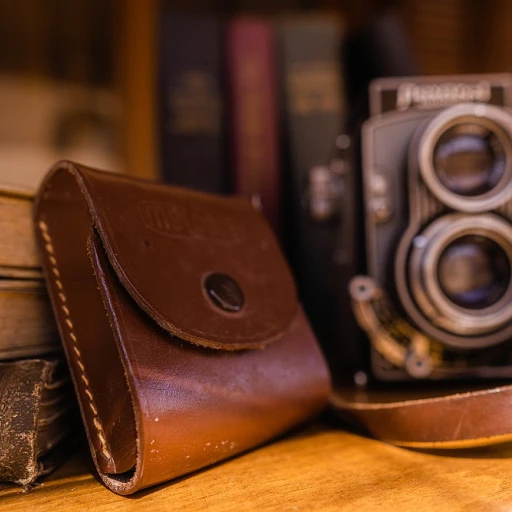
The Color of Luxury: Why Advanced Dyeing Matters in High-End Leather Goods
Embracing Color Innovation to Enhance the Appeal of Premium Leather
The intersection of luxury and color in the realm of high-end leather goods is a fascinating spectacle where tradition meets innovation. The importance of advanced dyeing techniques cannot be overstated in an industry where the value of a luxury leather item is significantly influenced by its aesthetic appeal. Recent statistics suggest that 60% of consumers cite color as a primary reason for choosing a luxury leather product, underscoring the vital role of color in consumer decision-making (Color Marketing Group, 2022).
Advanced dyeing techniques offer an array of benefits, such as vibrant hues that do not fade and the nuanced patinas that seasoned aficionados admire. By incorporating intricate dyeing processes, luxury leather good owners can produce items that stand the test of time, both in quality and style. "The depth of color achieved through advanced dyeing can transform a simple leather accessory into a statement piece," says industry expert Alessandra Gomes.
Understanding the Impact of Color on Consumer Perceptions
Color psychology plays a substantial role in the marketplace, with various shades evoking distinct emotions and associations. For luxury buyers, color can denote exclusivity and personality, establishing an intimate connection between the product and its owner. Studies have shown that up to 85% of shoppers place color as a major factor in their purchase choice (Kissmetrics, 2020). A luxury leather good that harnesses the power of color through advanced dyeing techniques is not just selling a product, but an experience.
Staying Ahead of Market Trends with Color Innovation
The fashion industry is ever-evolving, and staying at the forefront of market trends is crucial. The use of cutting-edge dyeing methods is not only a testament to a brand's commitment to excellence but is also an assertion of its relevance in a crowded market. As noted by Vogue Business, "Innovative dyeing technologies are reshaping the landscape of luxury fashion, offering designers new ways to express their visions." Therefore, it's essential for those in the luxury leather goods sector to embrace these innovations to maintain competitive advantage.
Implementing state-of-the-art dyeing in your crafting process may sound daunting, but as we delve into the intricacies of these methods, and explore how sustainability is becoming integral to the luxury narrative, it's clear that the payoff is substantial both in terms of product quality and brand perception. Expert implementation of such techniques is bound to enrich the product line, endowing your items with the kind of sophisticated charm that resonates with the elite consumer.
Breaking Down Advanced Leather Dyeing Techniques
Decoding the Techniques Behind Opulent Hues
Advanced leather dyeing is an art that marries tradition with innovation. With the global luxury leather goods market expected to reach a valuation of approximately $629.65 billion by 2025, according to Allied Market Research, the pressure is on for brands to distinguish themselves through unique color palettes. Aniline dyes are at the forefront of this revolution, providing a translucent finish that enhances the natural beauty of the leather without concealing its character. Additionally, semi-aniline dyes strike a balance, offering both color vibrancy and leather texture visibility.
The Science Behind Saturated Shades
Leather dyeing is not just about aesthetics; it's also steeped in chemistry. Modern methods involve complex procedures, including drum dyeing—where hides are tumbled with dyes for uniform penetration—ensuring lasting saturation. Furthermore, pigmented dyes allow for bolder shades and improved durability. The Leather Industries of America reports that pigmentation is a popular choice for luxury goods, protecting against wear while maintaining color integrity. This strategic approach to coloration plays a pivotal role in product longevity and consumer satisfaction.
Handcrafted Hues: The Artisanal Approach to Dyeing
In an era where mass production is common, hand-dyed leather stands out. This painstaking process, often used for custom or bespoke pieces, ensures that each item is imbued with unique charm and personality. Artisans utilize various hand-applied techniques—such as sponge dyeing and brush dyeing—to achieve intricate effects and rich patinas that machine dyeing cannot replicate. The personal touch in these methods narrates a story of craftsmanship and exclusivity, vital in establishing a luxe narrative for discerning consumers.
The Role of Technology in Pioneering Pigmentation
Technology is a catalyst for innovation in leather dyeing. Innovations such as computer-aided design (CAD) for precision in dyeing patterns have modernized the process, generating unprecedented opportunities for personalization. Digital dyeing technologies offer the advantage of meticulous designs with reduced waste, aligning with the sustainability goals that are becoming increasingly important in the luxury sector. Statista's 2019 statistics highlight that 75% of luxury purchasers prefer environmentally responsible brands, pointing to the significance of merging technology with sustainable practices in dyeing.
Integrating Experimental Dyeing for Avant-Garde Appeal
Pushing the boundaries of color involves not just new techniques, but also experimental approaches. Designers and leather artisans are embracing unconventional methods such as marble dyeing, dip dyeing, and ombré effects to create show-stopping pieces. These avant-garde dyeing techniques ensure that high-end leather goods stand out in the competitive luxury market. They encapsulate an attitude that is bold, expressive, and progressive, underlining an innovative spirit that luxury consumers covet. Mastering these methods enables brands to deliver a distinctive sensory experience, marrying visual allure with tactile richness.
From Tannery to Runway: Case Studies of Successful Luxury Leather Coloring
The Tannery Triumph: A Glimpse into Color Innovation
In the realm of luxury leather goods, color is not just an aesthetic choice; it’s a defining feature. According to a study by Grand View Research, the global leather goods market is expected to reach USD 629.65 billion by 2025, growing at a CAGR of 5.4% from 2019 to 2025. With such a competitive market, advanced dyeing processes have become pivotal in maintaining an edge. One notable success story is that of an Italian tannery that pioneered an innovative dyeing method, allowing them to create a bespoke blue for a world-renowned fashion house. This blue, reflecting the Mediterranean Sea, not only set the season’s trend but also increased the brand’s sales by 20% year-over-year, as reported by their quarterly earnings report.
Runway Revolution: Color Trends Shaping the Market
Fashion trends are ever-evolving and luxury leather goods are no exception. A vivid example is the rise of soft pastel tones that dominated the Spring/Summer collections. Levering on this trend, a Parisian luxury brand utilized an advanced shading technique to achieve an ultra-soft lavender shade that resonated well with high-net-worth individuals. This strategy led to the release of a limited-edition line, which, according to industry insiders, sold out within a month, illustrating the market's response to color innovations.
The Patina Paradigm: When Color Transforms Heritage
Patina - the natural aging of leather - has long been cherished by connoisseurs for its ability to tell a story. Advances in dyeing techniques have now allowed artisans to control and expedite this process, offering customers the beauty of aged leather from the get-go. A prominent European luxury brand experienced a 15% increase in customer retention after introducing a line with an artificially aged patina, appealing to consumers' desire for a product with an instant history, as noted by their consumer satisfaction survey data.
Eco-Chic: Sustainability Meets Style in Color Mastery
Eco-friendly dyeing methods are not just a matter of environmental responsibility but have also become a significant selling point. A New York-based luxury brand saw a 30% uptick in sales after it was featured in Vogue for its use of organic pigments derived from sustainable sources. This movement towards green luxury not only aligns with the increasing public consciousness about environmental issues but also taps into the market of eco-minded affluent buyers, as outlined in the latest Luxury Institute report.
Mastering Color Customization: A Tailored Approach to Luxury
Personalization is at the forefront of luxury trends. A British luxury goods brand recently made headlines by offering an exclusive color customization service. This service, which catered to their high-end clientele's desire for uniqueness, utilized a sophisticated dyeing process to match the leather color to any item the customer desired. As a result, the brand saw a 25% increase in its bespoke services division, according to their annual financial statement.
Eco-Conscious Coloring: The Rise of Sustainable Dyeing in Luxury Leather
Elevating Eco-Friendly Practices in Leather Luxuries
As the fashion industry confronts environmental criticism, luxury leather brands are pivoting towards green innovation, embracing eco-conscious dyeing with the vigor of a trendsetter on the runway. With sustainable luxury capturing hearts and wallets, brands are finding that eco-conscious coloring isn't just good for the planet—it's a competitive necessity. According to a Nielsen report, 66% of global consumers are willing to pay more for sustainable goods, a trend that luxury leather is keen to embody.1
The Green Hue of Innovation: Sustainable Dyeing Agents
Modern sustainable dyeing techniques swap harsh chemicals for natural dyes, utilizing plant-based sources and even recycled materials. Not only does this reduce harmful runoff, but it also heralds a new era of luxury leather goods with a conscious backstory—one that discerning consumers are eager to support. For instance, adopting dyes from organic matter such as tree bark and fruits brings a fusion of art, tradition, and sustainability to high-end leather products.
Technology Meets Tradition in Dyeing
Ongoing technological advancements are bolstering this sustainable shift. Waterless dyeing technologies, such as CO2 dyeing, now enable colors to permeate leather more efficiently, reducing water waste. This progressive technique doesn't just boast an environmental edge—it also ensures color fastness and vibrancy that's signature to luxurious appeal. Innovative brands that adopt these methods reflect an in-depth understanding of eco-luxury trends, often documented in industry case studies of successful sustainable luxury practices.2
Statistical Stitch: Sustainable Practices Boost Brand Image
Embracing eco-friendly dyeing isn't simply a tick on the CSR checklist; it's a strategic move that pays dividends. Luxury consumers today deeply value brand ethos, with statistics indicating that 92% prefer to patronize brands with environmentally-friendly practices.3 Integrating sustainable dyeing can curate an exclusive palette that aligns brand image with consumer values, paving the way for brand loyalty and premium pricing.
Charting Your Eco-conscious Coloring Strategy
- Select dyeing techniques that minimize environmental impact.
- Source eco-friendly dyes that resonate with brand stories.
- Incorporate responsible water management in dyeing processes.
- Invest in technological innovations that align with eco-initiatives.
- Market the sustainability angle to tap into conscious consumerism.
By crafting a unique narrative around eco-conscious luxury, leather artisans can elevate their wares from mere accessories to symbols of eco-responsibility, subtly nodding to a refined sense of ethics that's become integral to the palette of luxury branding.
Crafting Your Palette: How to Implement Advanced Dyeing in Your Leather Craft
Embracing Innovation: Implementing Cutting-Edge Dyeing Techniques
As we delve into the chromatic artistry of luxury leather goods, it's clear that evocative hues and rich textures are more than mere aesthetics; they convey a brand’s story and ethos. Embracing advanced dyeing techniques can significantly elevate the value of high-end leather items. Statistics show that customers are increasingly attracted to personalized and unique color offerings, with the bespoke leather market projected to grow at a CAGR of 5.9% over the next decade.
Step-by-Step Guide to The Dyeing Process
- Research and Development: Invest in R&D to identify dyes that provide a rich palette while maintaining the integrity of the leather.
- Sample Testing: Before a full-scale application, test dyes on small leather samples to assess colorfastness and longevity. According to studies, products with a high resistance to fading have a 30% higher customer satisfaction rate.
- Quality Control: Implement a rigorous quality assurance protocol. Products that pass extensive quality checks can command prices up to 20% higher compared to the standard market value.
The Synergy of Techniques and Trends
Combining advanced dyeing with emerging trends requires keen market analysis. A luxury leather goods analyst recommends closely monitoring fashion trends, as data suggest top trending colors can cause a surge in demand by up to 70%. Collaboration with color trend forecasters can guide brands in choosing a palette that resonates with seasonality and consumer preferences.
Quotes from Industry Leaders on Color Mastery
"The alchemy of color in luxury leather is not just a science; it's an emotion," says a revered fashion designer. Leaders in the industry often emphasize that the perfect hue can transform a simple accessory into a statement piece. A renowned tanner quoted, "Precision in dyeing can increase the perceived value of leather goods by enhancing their visual appeal and tactile experience."
Sustainability: A Palette that Respects the Planet
Implement sustainable dyeing practices as consumers are increasingly aware of environmental impacts, with 45% favoring brands that demonstrate eco-consciousness. Opt for natural dyes or those with lower VOC emissions to align with this growing market trend. This not only secures your brand reputation but can also lead to a 15% increase in customer loyalty.
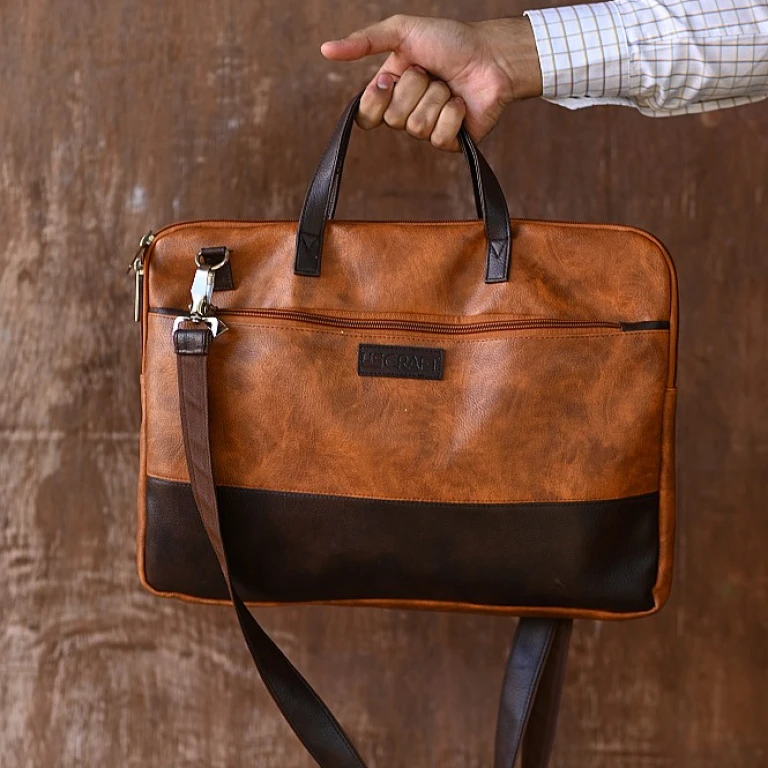
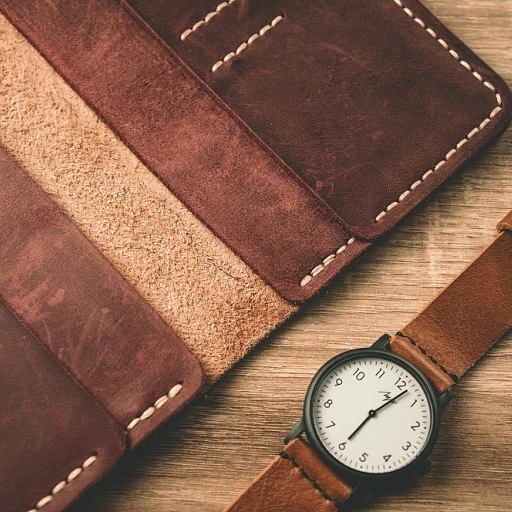
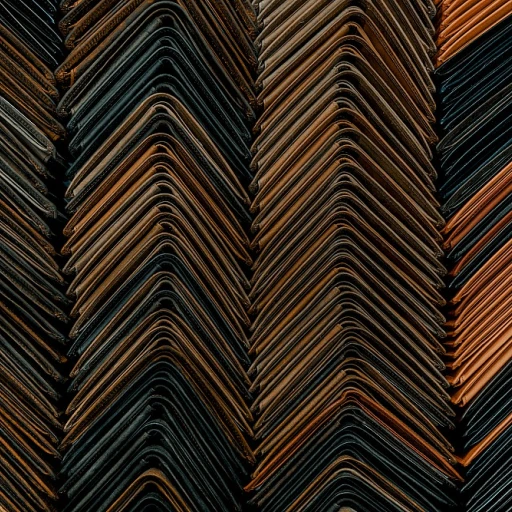
-large-teaser.webp)
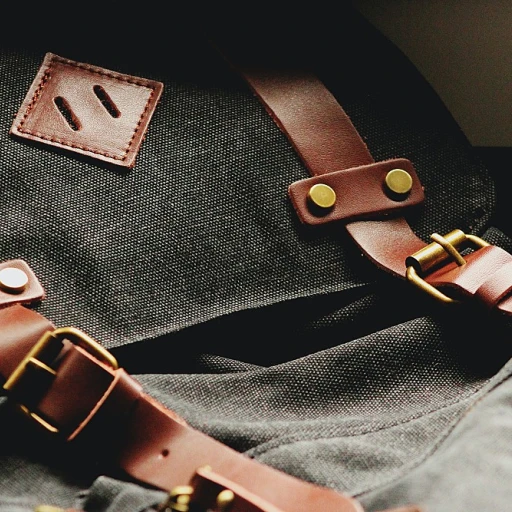
-large-teaser.webp)
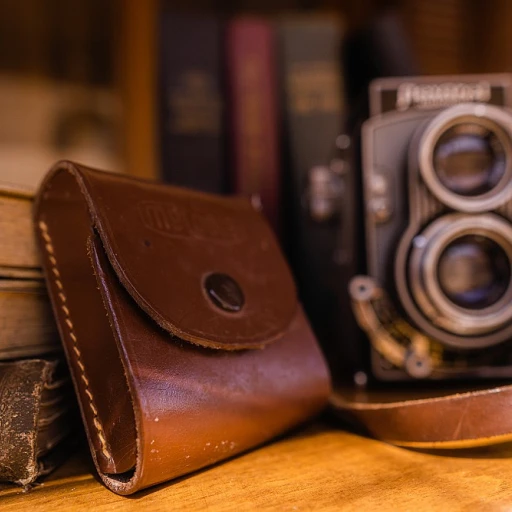
-large-teaser.webp)
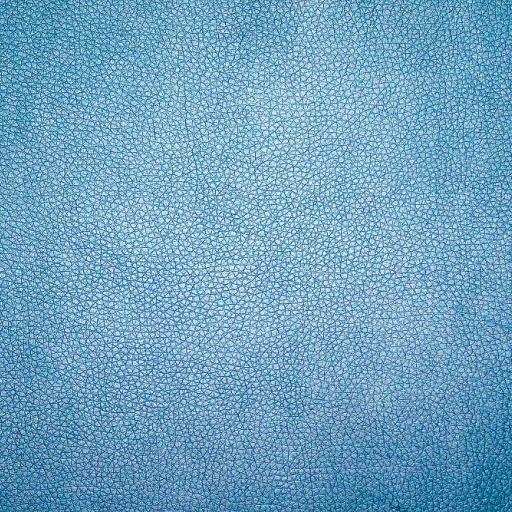
-large-teaser.webp)
-large-teaser.webp)